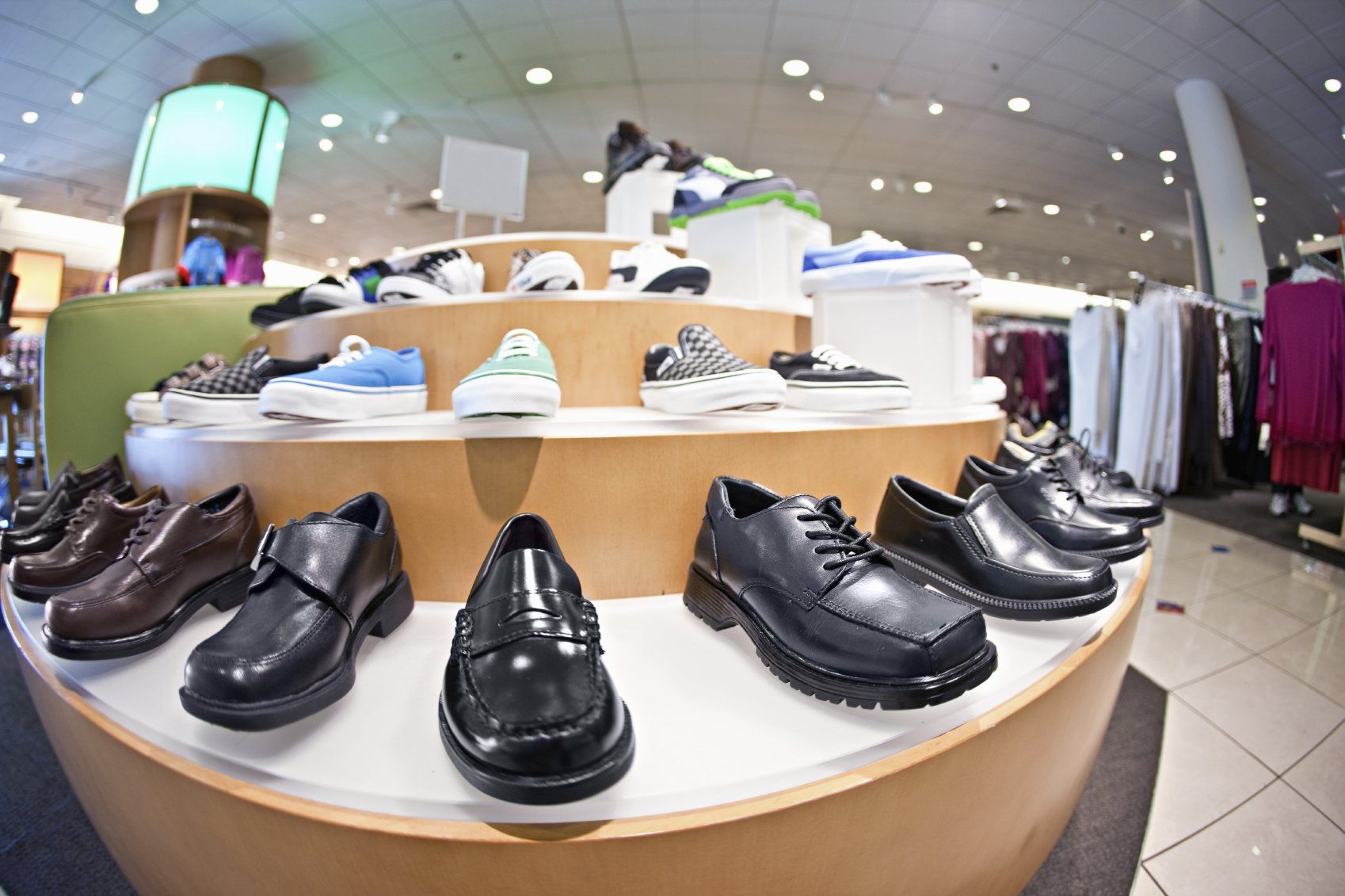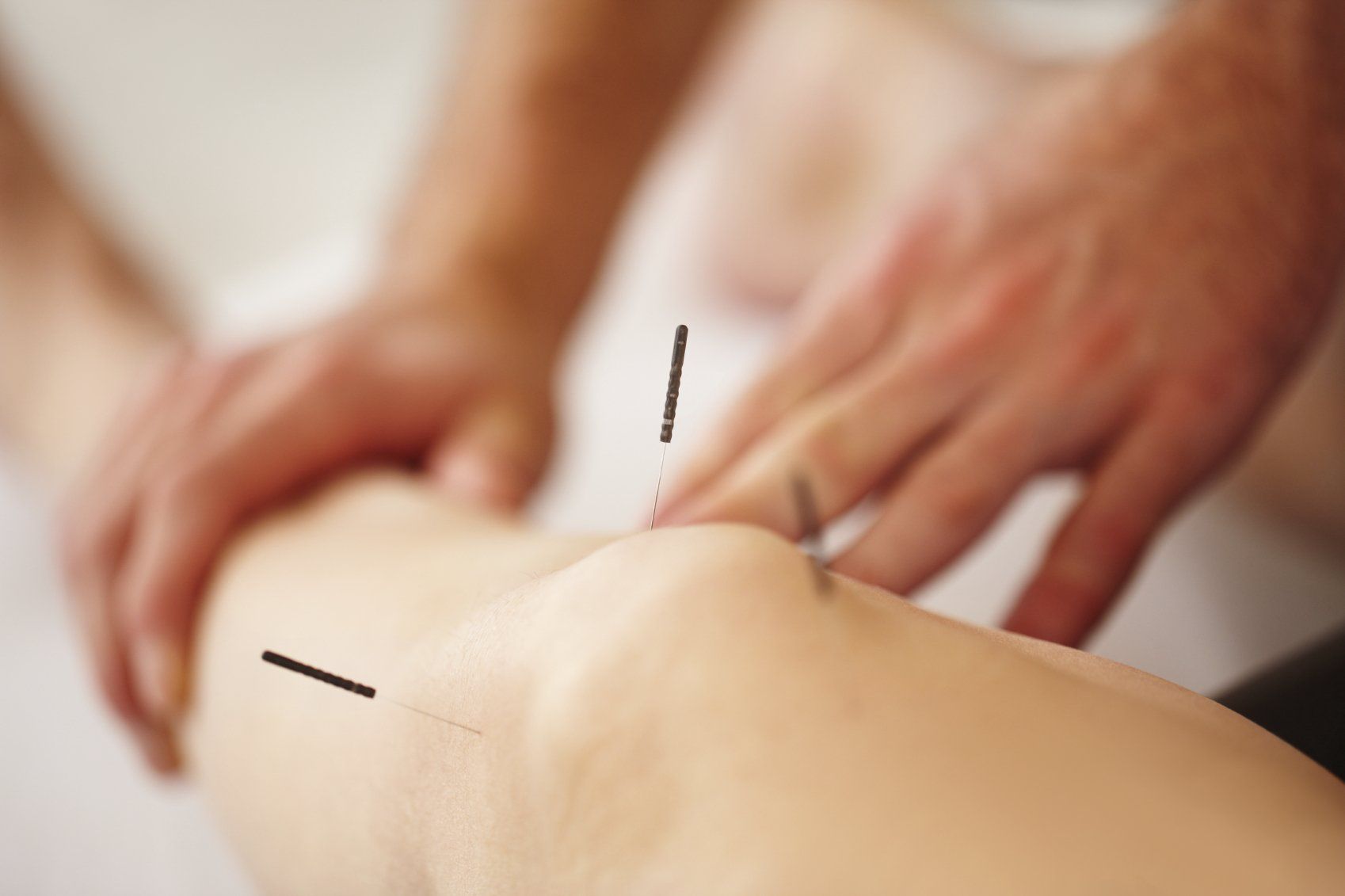Don’t let Morton’s neuroma stop you in your tracks this winter
Podiatrist Benn talks about Morton's neuroma

What is Morton’s neuroma?
Morton’s neuroma is a very common cause of
foot pain which involves a benign tumour growth of one of the nerves in the
ball of the foot
What causes Morton’s neuroma?
There are many theories however the most accepted understanding is that it is due to repetitive compression of one of the nerves between the toes. Over time this causes repetitive trauma that develops into painful thickening around the affected nerve which becomes a benign tumour. This is why it is worse if you wear tight fitting shoes or shoes or high heels.
What are the symptoms of Morton’s neuroma?
- A feeling as if you're standing on a pebble in your shoe
- A burning pain in the ball of your foot that may radiate into your toes
- Tingling or numbness in your toes
In addition to these symptoms, you may find that removing your shoe and rubbing your foot often helps to relieve the pain.
How is it diagnosed?
Diagnosis is based on your symptoms and a clinical examination by a podiatrist. This alone can provide an accurate a reliable diagnosis. In some cases, you may require further investigation such as an ultrasound scan to confirm diagnosis.
Can it be treated?
Morton’s neuroma is a treatable condition with the main focus aimed at reducing repetitive injury to the affected nerve and reducing inflammation. Some common treatment options include:
·Wearing accommodative footwear – a podiatrist will offer specialised advice on this
·Orthotics (insoles) designed to take pressure off of the neuroma
·Corticosteroid injection which reduces inflammation around the nerve and breaks the pain cycle
·Surgery – this involves removing the neuroma and is typically done under local anaesthetic
If you think you may have a Morton’s neuroma book an appointment with one of
our podiatrists and get on top of your pain
01242 673507











